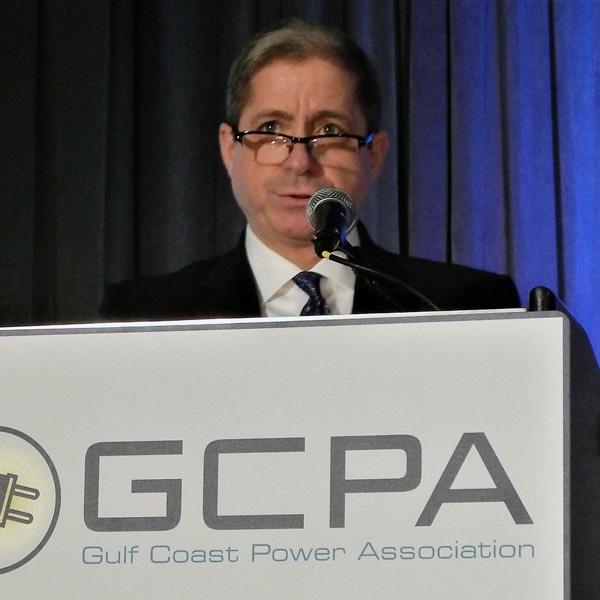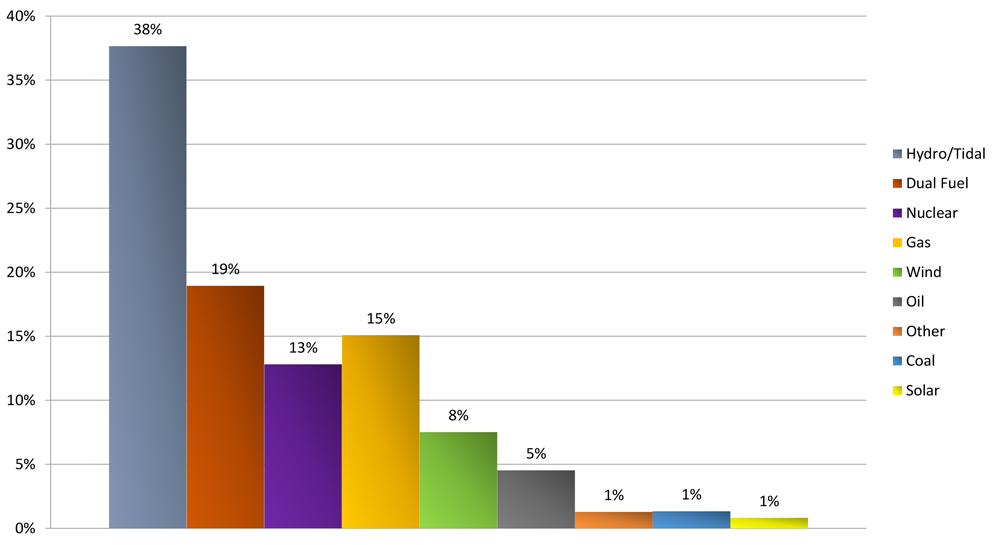Dominion Energy (NYSE:D) announced Thursday during its first-quarter earnings call that it filed with the Virginia State Corporation Commission to suspend its rider through the Regional Greenhouse Gas Initiative (RGGI) as the state moves to withdraw from the environmental program.
CEO Robert Blue said Thursday’s filing also included a request that RGGI compliance costs incurred through July 31 and not yet recovered, which total about $178 million, be recovered through Dominion Energy Virginia’s current base rates.
The SCC in August approved Dominion’s request to recover RGGI costs from ratepayers, which the utility estimated would cost the typical residential customer $2.39/month. According to figures supplied by Dominion to the SCC, cited in a report released by Gov. Glenn Youngkin (R) in March, the utility expected RGGI participation will cost customers a total of $3 billion through 2045. (See Youngkin Report: RGGI a ‘Direct Carbon Tax’ on Va. Ratepayers.) Youngkin signed an executive order just hours after taking office Jan. 15 to remove Virginia from RGGI, fulfilling a campaign promise.
Blue said Dominion’s new proposal filed with the SCC will “provide a meaningful reduction to customer bills” that still allows the company to achieve Virginia’s ambitious decarbonization goals.
The RGGI documents were not available on the SCC website as of press time.
“While we are committed to the ongoing transition to cleaner and lower carbon-emitting resources, we’re concerned that Virginia’s linkage to the RGGI program through the Virginia carbon proposal would result in a financial burden on customers with no real mitigation of greenhouse gas emissions regionally,” Blue said.
Offshore Wind
Blue addressed upcoming SCC hearings scheduled to begin May 16 on the costs of the company’s 2.6-GW Coastal Virginia Offshore Wind (CVOW) project. Dominion announced in November that the projected cost had increased by more than 20% to $9.8 billion, citing “commodity and general cost pressures.” (See Dominion’s OSW Project to Cost $9.8B, up from $8B and Va. AG, SCC Staff Question Costs on Dominion’s OSW Project.)
Blue said contracts for the primary offshore equipment suppliers were completed and signed in late 2021, including for the foundations, transition pieces, substations, transportation of components, installation, and subsea cabling and turbine supply.
“Offshore wind, zero fuel costs, and transformational economic development and jobs benefits are needed now more than ever,” Blue said. “The project will also propel Virginia closer to achieving its goal to become a major hub for the burgeoning offshore wind value chain up and down the country’s East Coast.”
Blue was asked about the status of the SCC approval process and the “back-and-forth” between the company and regulators in the proceeding.
Dominion is “pleased” with the project’s progress, Blue said, and expects to have a final order from the SCC in early August. The company’s rebuttal testimony showed under different scenarios that the project is beneficial to customers, he said, pointing to PJM’s load forecast showing increased energy sales in Virginia.
“I feel even stronger, as now that all the testimony is in, we have a very strong case on offshore wind,” Blue said. “The legislation, the Virginia Clean Economy Act, lays out the parameters for spending that is presumed prudent, and we’ve clearly met all of those.”
Blue was also asked if there was an opportunity to settle any disputes with the concerned parties before the SCC’s decision in August. He said Dominion is always open to finding a “constructive settlement” on regulatory issues.
“If there were an opportunity to settle in a constructive way, we’d obviously do that,” Blue said. “I expect you to hear that from every party to every litigated matter. But we’ve got a schedule, and that’s what we’re following.”
Earnings
Dominion reported first-quarter net income of $711 million ($0.83/share), compared with net income of $1 billion ($1.23/share) for the same period in 2021. Operating earnings for the first quarter were $1 billion ($1.18/share), compared to $893 million ($1.09/share) last year.
The company affirmed its full-year 2022 operating earnings guidance range of $3.95 to $4.25/share and its long-term earnings and dividend growth guidance. Dominion expects second-quarter operating earnings in the range of 70 to 80 cents/share.
Dominion’s stock was up 53 cents (0.64%), finishing at $83.04 on the same day the Dow Jones Industrial Average lost more than 1,000 points for its worst day since 2020.


